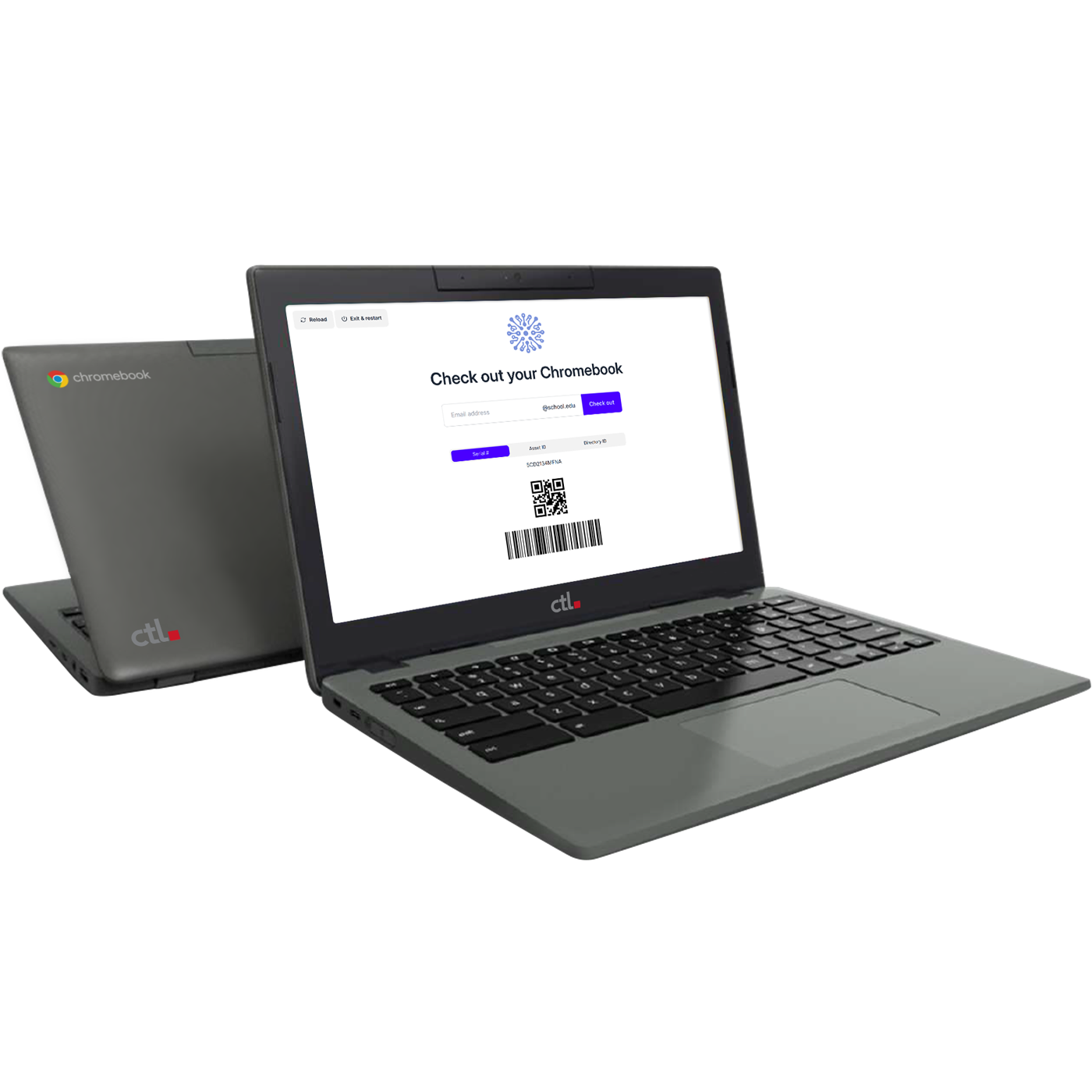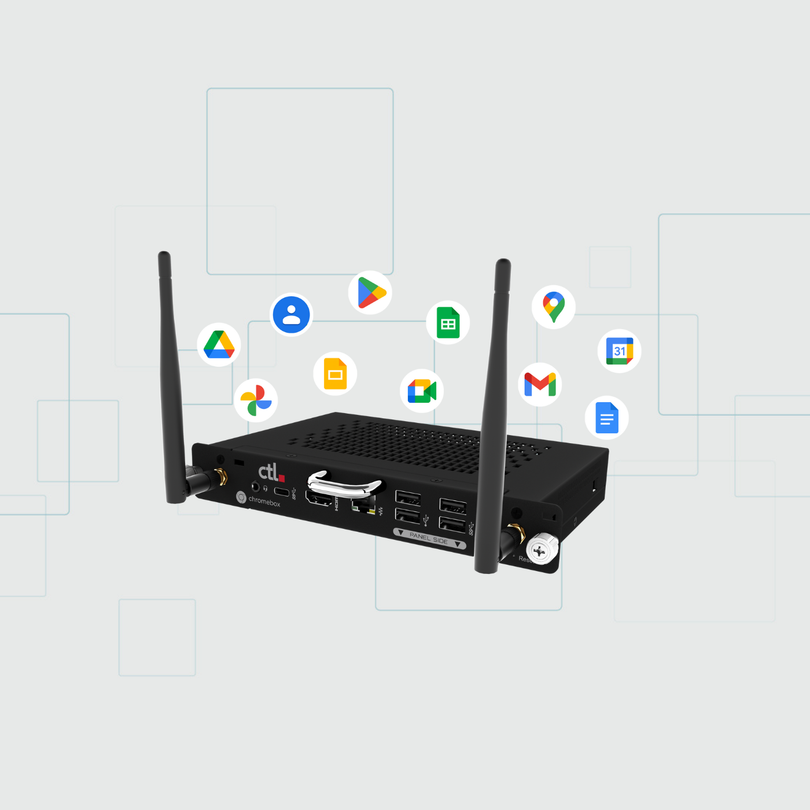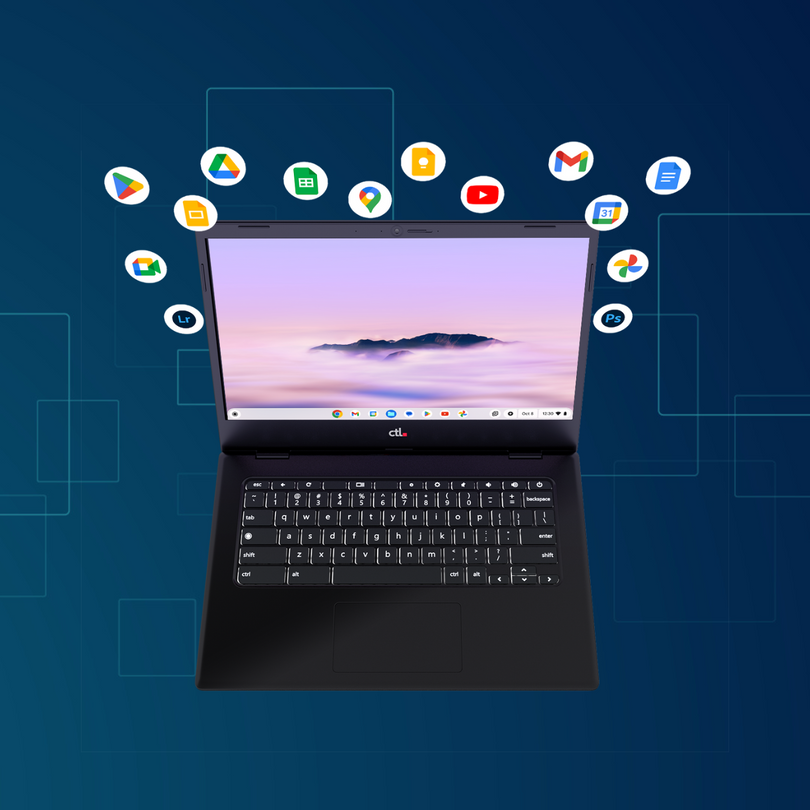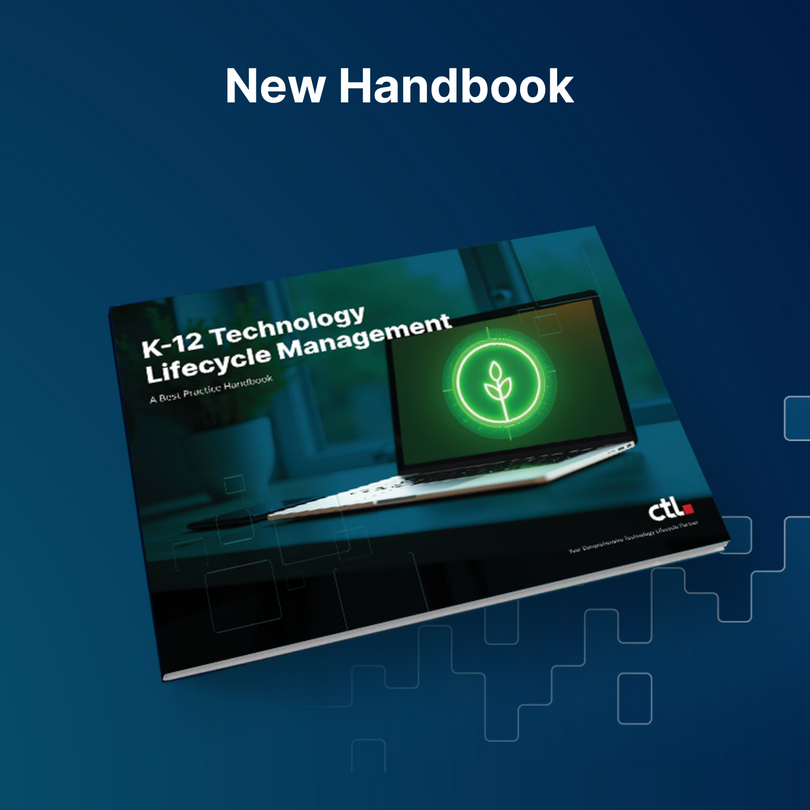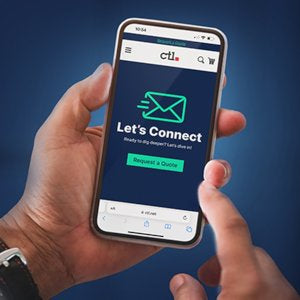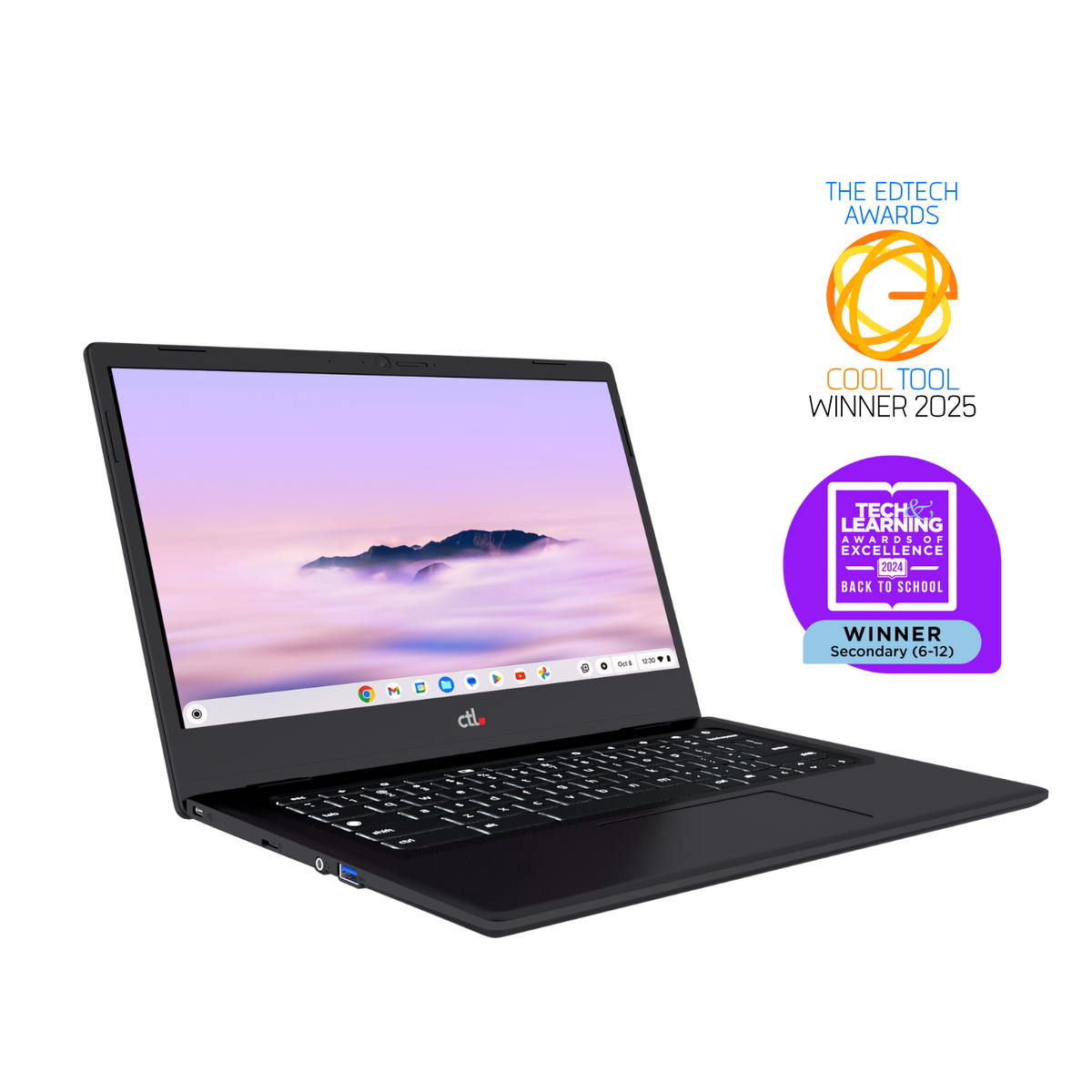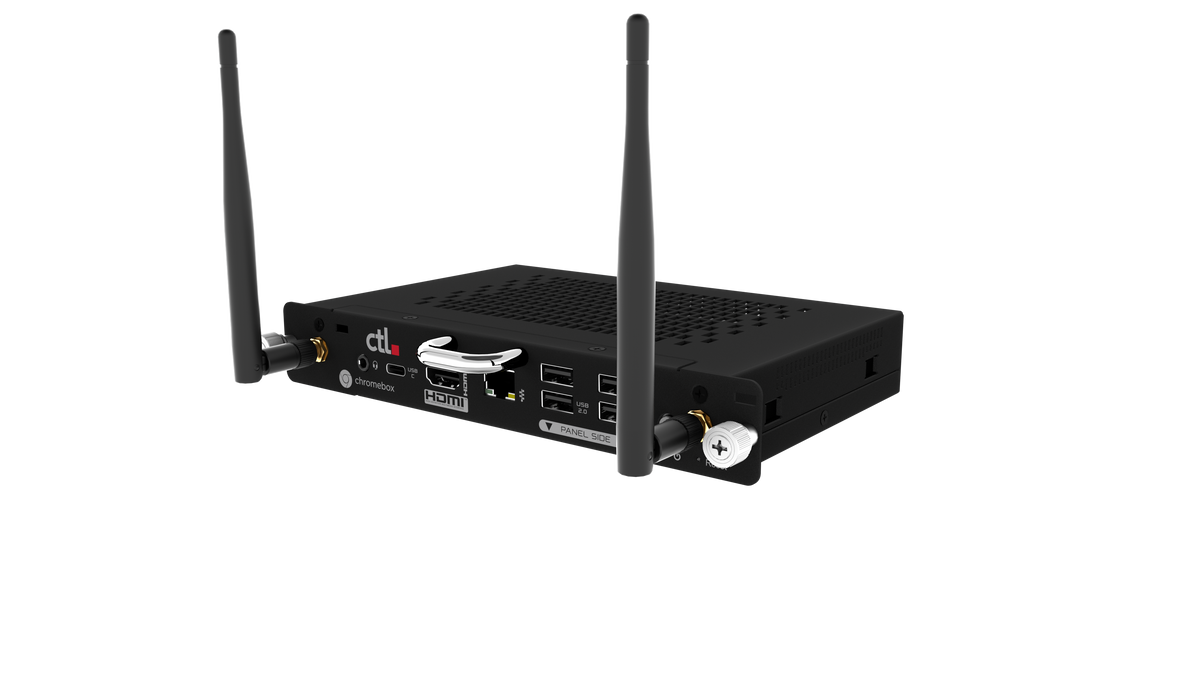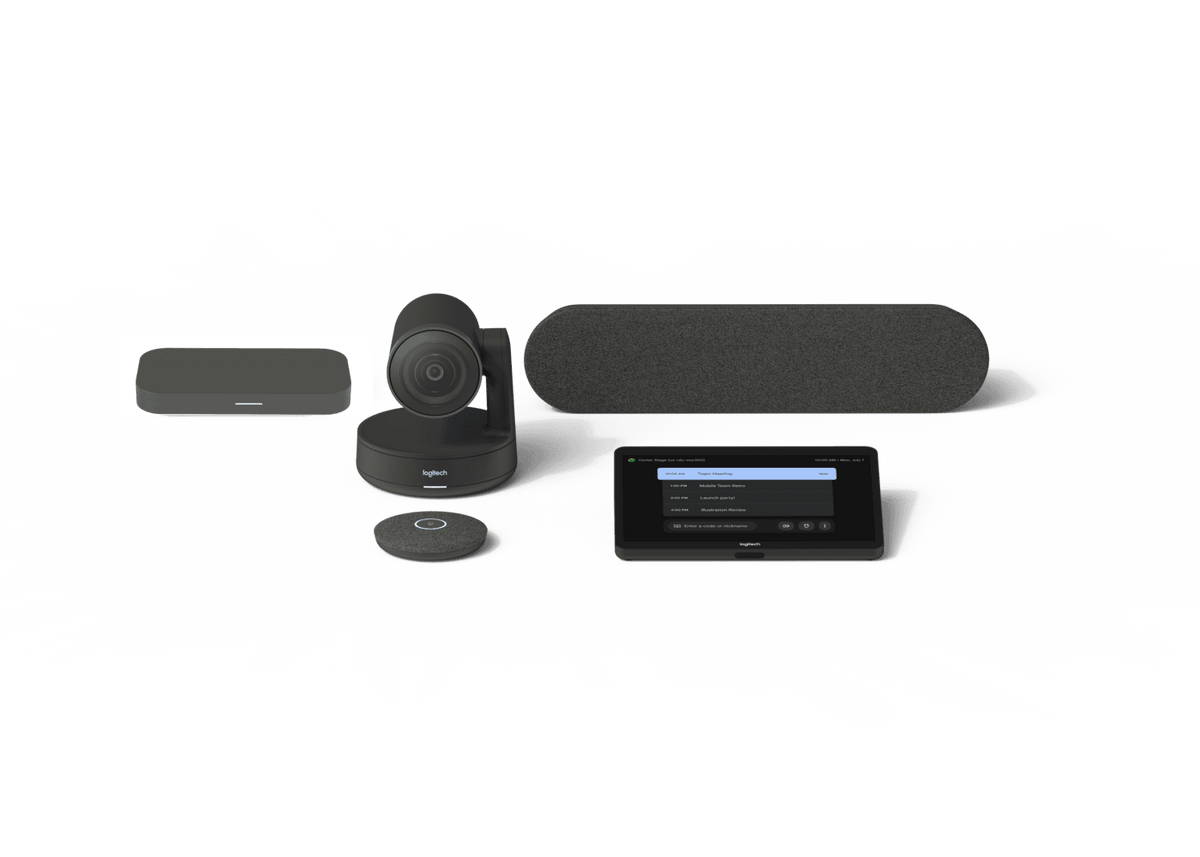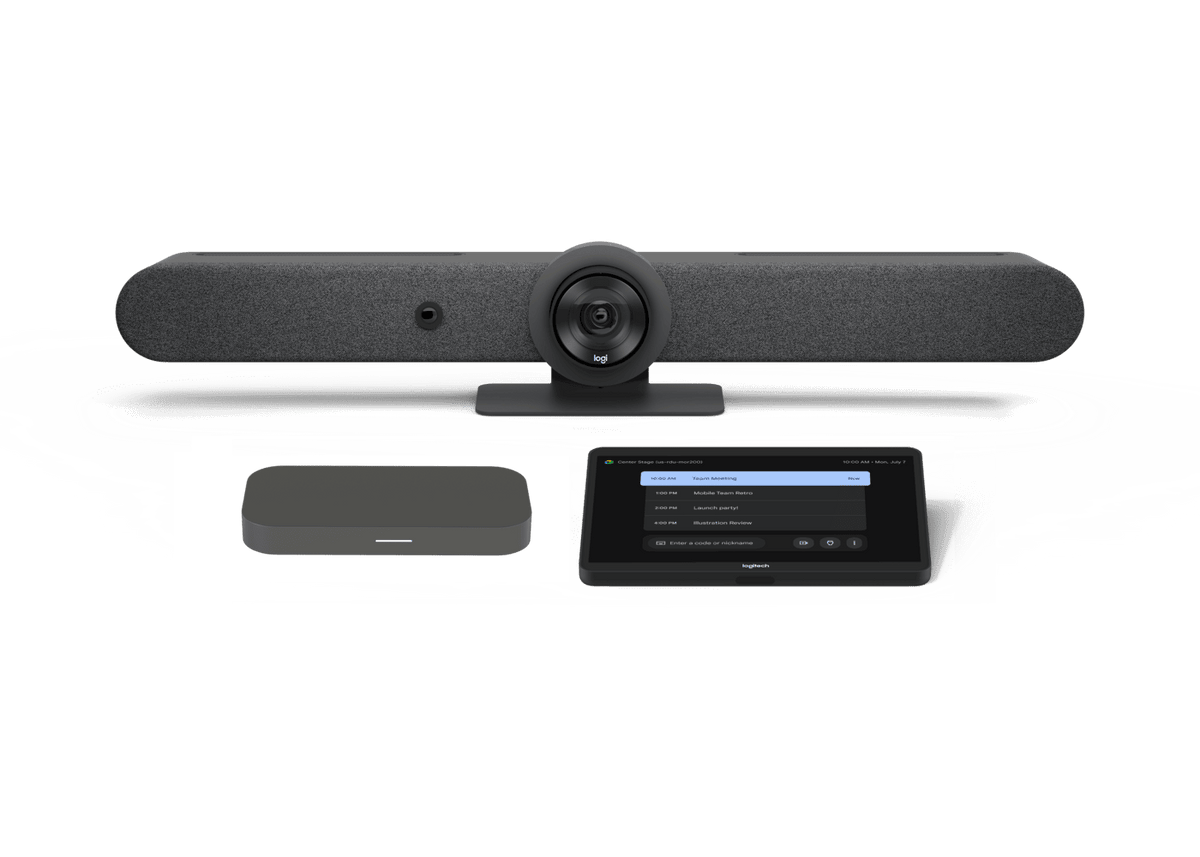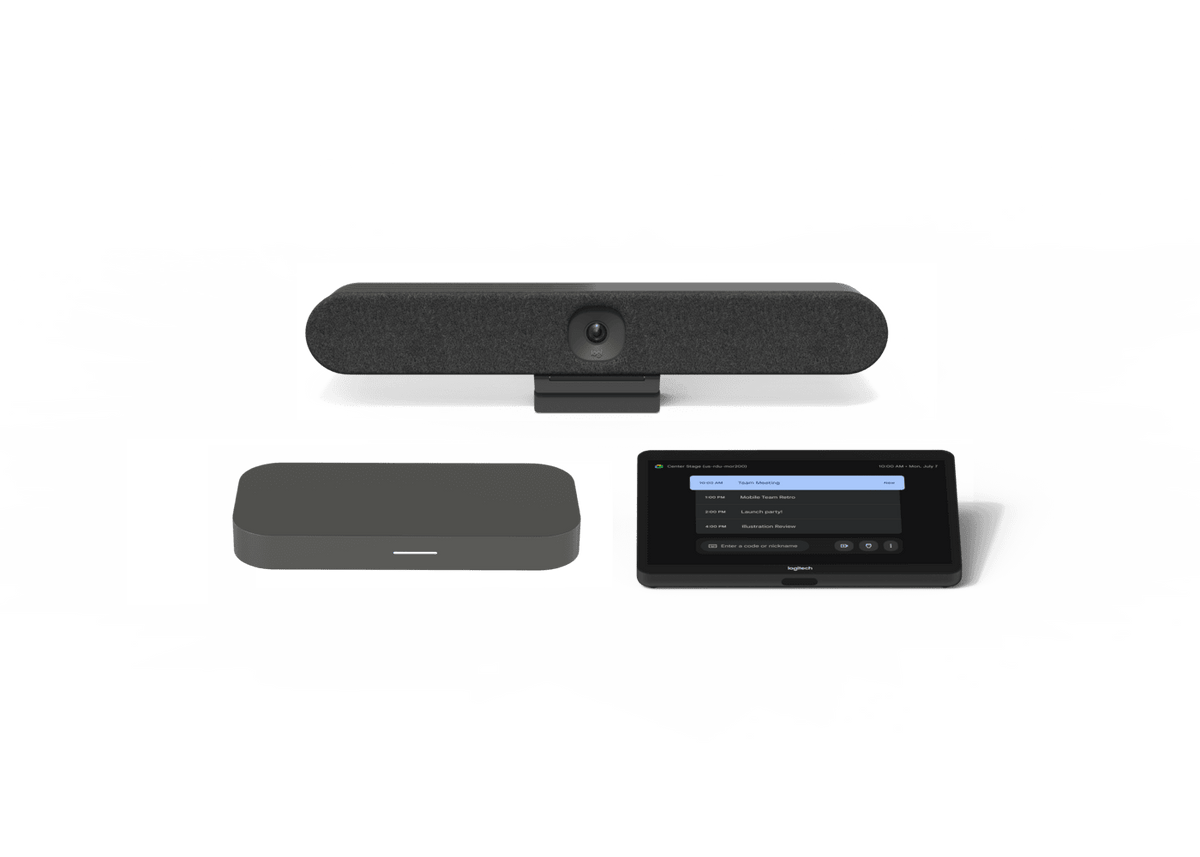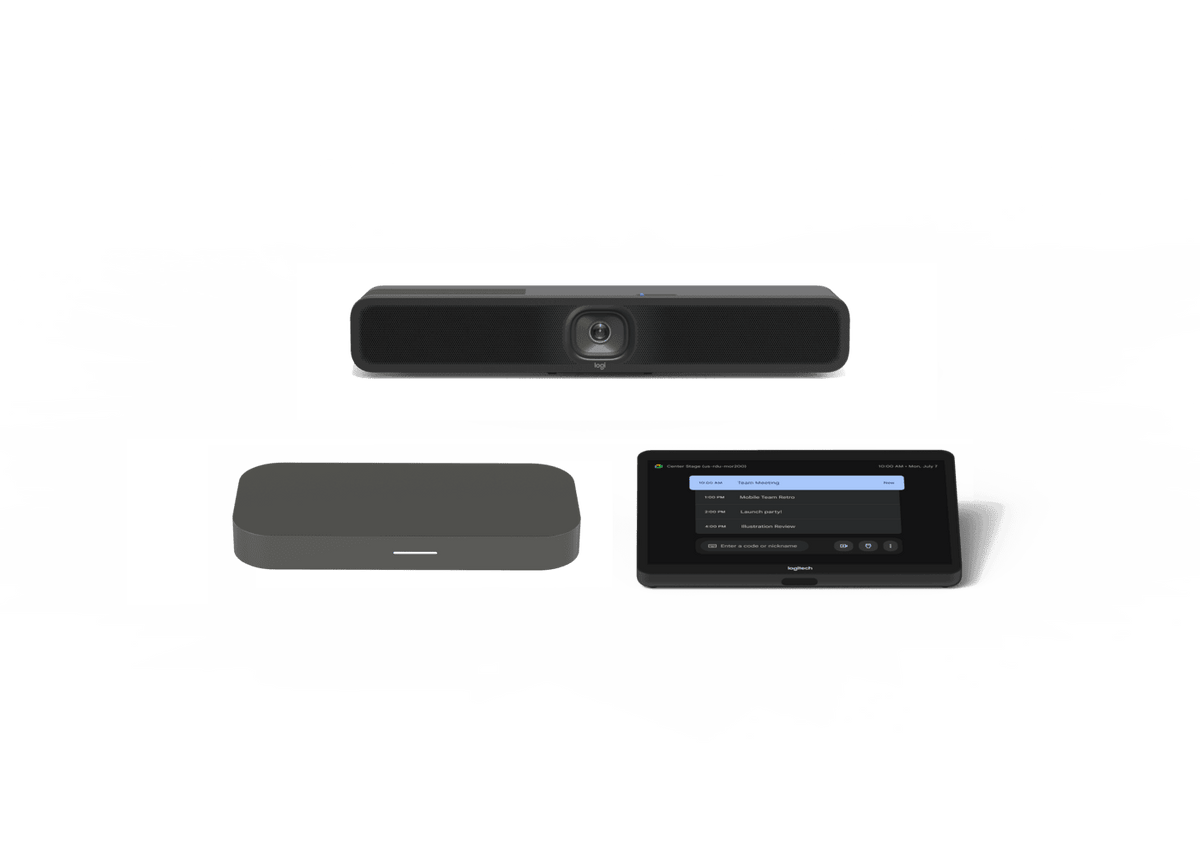In a significant move towards bridging the digital divide, the U.S. government has announced the allocation of over $800 million towards enhancing digital inclusion efforts. This substantial investment reflects the administration's commitment to ensuring equitable access to digital resources and opportunities for all Americans. The funds are intended to support a range of initiatives aimed at expanding broadband access, promoting digital literacy, and addressing the disparities that exist in underserved communities across the nation.
According to the press release, “Under the Notice of Funding Opportunity (NOFO) released today, states and territories can apply for funding from President Biden’s Bipartisan Infrastructure Law to begin implementation of their digital equity plans. These digital equity plans identify the barriers to accessing and using digital resources and establish measurable objectives for promoting access to and meaningful use of broadband technology and advancing digital skills.”
Broadband access has become increasingly essential in today's interconnected world, serving as a gateway to education, employment, healthcare, and civic participation. However, millions of Americans still lack access to reliable high-speed internet, particularly in rural and low-income areas. The digital divide exacerbates existing inequalities, limiting opportunities for those without adequate connectivity. Recognizing the urgency of this issue, the current administration has prioritized expanding access to broadband as a key component of its infrastructure and equity agenda.
The $800 million allocation will support a multi-faceted approach to digital inclusion, encompassing infrastructure development, affordability initiatives, and community-based programs. A significant portion of the funding will be dedicated to expanding broadband infrastructure in underserved areas, including rural communities and tribal lands. By investing in the expansion of broadband networks, the administration aims to bring high-speed internet access to millions of households that currently lack it, enabling greater connectivity and economic opportunity.
According to Senator Patty Murray, author of the original Digital Equity Act, these funds can be used to support programs at the state level in the following ways:
-
Education: supporting public schools, community and technical colleges, and community-based organizations as they work to integrate technology literacy and fluency in their curriculum, reducing barriers and advancing access to technology, including digital devices, internet connection, and digital skills training.
- Workforce: supporting the work of local workforce boards, community and technical colleges, and community-based organizations by increasing access to devices across underserved populations, increasing the digital skills of a state’s current and future workforce, and by increasing the accessibility of state and local resources to workers.
- Health Care: supporting the state health departments in expanding opportunities for residents to access telehealth services, reducing the need to travel long distances in rural areas for preventative and specialist care. Additionally, the digital equity funds could be used to work with partner organizations to expand the availability and awareness of culturally sensitive and linguistically accessible online healthcare resources and services.
Each US state, territory, and native entity has received an allocation of funds, view the list here.
Digital literacy and skills training will also be a focus of the administration's digital inclusion efforts. While access to broadband is crucial, it is equally important to ensure that all Americans have the skills and knowledge to effectively utilize digital technologies. The administration plans to invest in programs that provide digital literacy training and support services, particularly targeting underserved communities where digital skills gaps are most pronounced. By empowering individuals with the necessary digital skills, the administration aims to enhance economic opportunity and empower communities to fully participate in the digital economy.
Community-based initiatives will play a vital role in advancing digital inclusion efforts at the grassroots level. The administration intends to partner with local organizations and stakeholders to implement targeted interventions tailored to the specific needs of each community. These initiatives may include establishing public Wi-Fi hotspots, providing access to computer labs and technology resources, and offering digital skills training workshops. By working closely with local communities, the administration seeks to ensure that digital inclusion efforts are responsive to the unique challenges and opportunities present in each region.
The $800 million allocation represents a significant step towards closing the digital divide and advancing equity in access to digital resources. However, addressing this complex issue will require sustained investment and collaboration across government, industry, and civil society. The Biden-Harris administration is committed to working collaboratively with stakeholders at all levels to develop innovative solutions and ensure that no American is left behind in the digital age.
In conclusion, the US government’s allocation of over $800 million towards increasing digital inclusion marks a critical milestone in the effort to bridge the digital divide. By investing in broadband infrastructure, affordability initiatives, digital literacy programs, and community-based interventions, the administration is working to ensure that all Americans have equitable access to the opportunities afforded by the digital revolution. As we continue to navigate the challenges of the 21st century, closing the digital divide will be essential to building a more inclusive and prosperous society for all.
View the official press release and state-by-state allocations on the Digital Equity Act
The deadline to apply for this funding for the states is May 28, 2024. View the Notice of Funding Opportunity details and deadlines
CTL's Chromebooks may be purchased with this funding. View our Chromebooks for schools.

